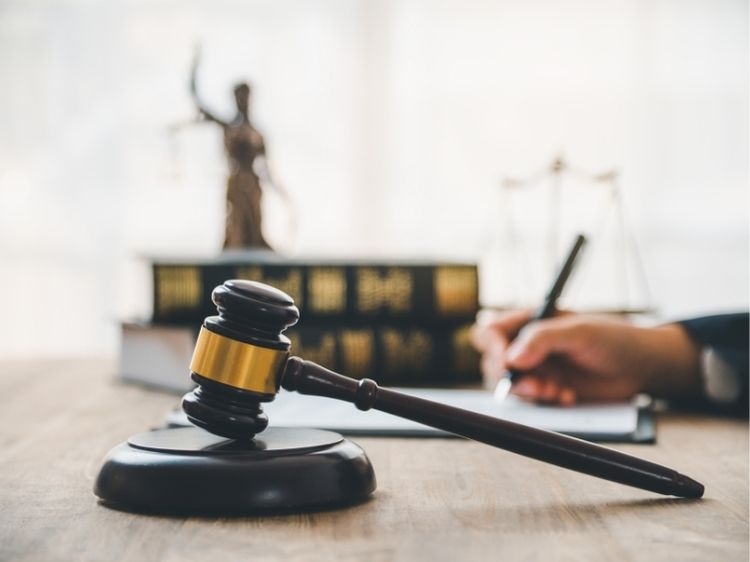The phrase “Jim Crow laws” evokes one of the darkest times within American history, when systematic racism and institutionalized segregation prevailed in the society. Beginning in the 19th century, and continuing until the mid-20th century these laws went beyond an act of regulation. They were a deliberate plan to keep racial disparity and thwart African American progress in the United States.
Origins of Jim Crow Laws
The genesis of Jim Crow laws can be traced in during the Reconstruction Era, a time of optimism and reconstruction following the Civil War. After the abolishment of slavery African Americans gained rights through amendments to the Constitution which included thirteenth, fourteenth and 15th amendments. These eliminated slavery, provided citizenship to African Americans, and gave them voting rights, and more. But, the newly gained freedom was met with a fierce backlash from white supremacist organizations and Southern states.
In the latter half of the nineteenth century Southern States began to enact Jim Crow laws to enforce the segregation of races and to disenfranchise African Americans. The term “Jim Crow” originated from an infamous racist caricature in minstrel plays, a symbol of the systemic dehumanization and ridicule of Black Americans. These laws were backed by a society of white supremacy, and affirmed through the Supreme Court’s ruling of Plessy Ferguson v. Ferguson (1896) that established the notorious “separate but equal” doctrine.
The Scope and Impact of Segregation
Jim Crow laws permeated nearly every aspect of life, setting the conditions for the places African Americans could live, work and socialize. Public spaces like schools transport theatres, restaurants and even cemetery grounds were segregated. The signs that read “Whites Only” or “Colored” were clear reminders of the racial distinction which was enforced through these laws.
In terms of education, African American children were typically confined to low-quality schools that were not equipped with the best facilities. Transport systems obliged Black passengers to be seated in designated sections, often less than satisfactory. Access to healthcare was extremely inequitable as segregated hospitals and clinics with limited resources for African Americans.
The restrictions were extended on voting rights and the literacy test, poll tax as well as grandfather clauses, were routinely used to deny Black voters. The use of violence and intimidation by groups such as those of the Ku Klux Klan further ensured that these laws were complied with.
Resistance and the Fight for Civil Rights
Despite oppression that was widespread, African Americans continuously resisted Jim Crow laws through acts of bravery and refusal. Some individuals, such as Ida B. Wells, journalist and activist against lynching, utilized her voice to reveal the brutality of racism. Groups such as The NAACP (National Association of People of Color) opposed segregation in court struggles, including the important decision of Brown the v. Board of Education in 1954, in which segregated schools to be unconstitutional.
The Civil Rights Movement of the 1950s and 1960s helped bring public attention to the inequities that were the result of Jim Crow. Persons such as Rosa Parks, Martin Luther King Jr. as well as Malcolm X galvanized communities to call for equal rights and fairness. Protests, sit-ins and marches were powerful methods to confront racism in the system. This culmination was important legislation, including The Civil Rights Act of 1964 and the Voting Rights Act of 1965. These laws were instrumental in breaking down the legal framework of Jim Crow laws.
The Legacy of Jim Crow Laws
Although Jim Crow laws were officially eliminated, their legacy lives on to affect American society. The systemic racism that was a part of the laws left a lasting mark which led to the inequality in education, wealth and employment opportunities for African Americans. The fight for equality in race is ongoing, with movements such as Black Lives Matter highlighting the persistent injustice racial.
Understanding the past of Jim Crow laws is essential to recognize the strength and achievements that African Americans who fought against oppression. This also serves as an opportunity to remind us that vigilance is essential to protect civil rights and the promotion of equality.
Conclusion
The tale of the Jim Crow laws is a poignant reminder of the depths into which society can sink when discrimination and inequity prevail. But, it’s also a testimony to the strength of community, resistance and the uncompromising fight for justice. In tackling this difficult historical moment it will help us better understand the issues that remain and strive to create more equitable and sustainable future.

